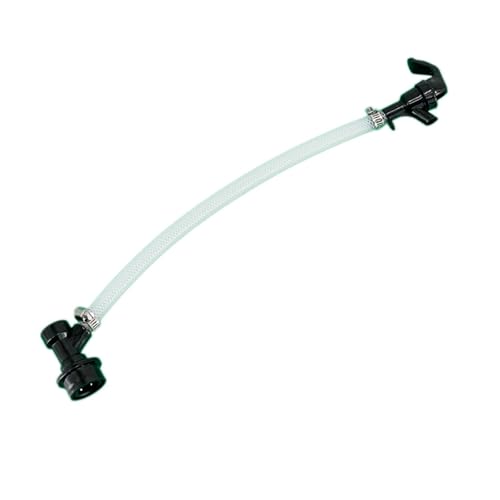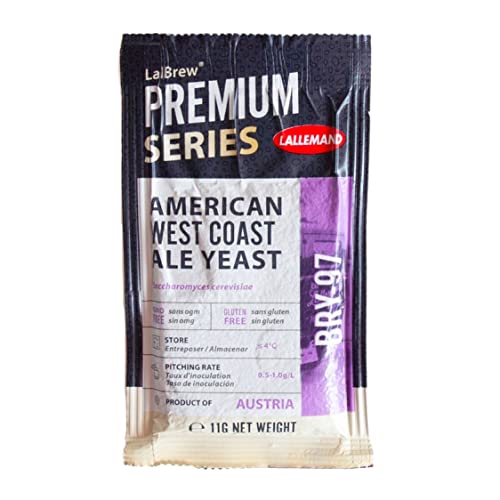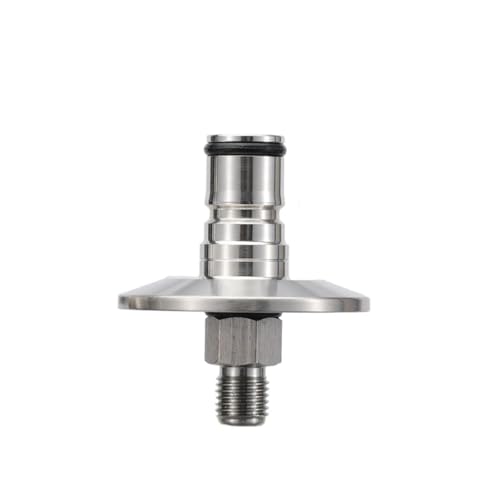Yes and thanks. Gel temps are kicker! I usually do what is referred to as a 'coast down mash' where one doughs in at say 150F and lets the mash drift down in temperature. This gets some gelatinization going while drifting back down into beta territory before it gets denatured.That's probably the same paper that I attached up-thread. It found that at 140°F (60°C) that limit dextrinase maintained 100% of its activity after 60 minutes. But, unless you grind exceedingly fine, you will not get much gelatinization at 140°F. Raising the temp of the rest to 149°F will give you faster gelatinization, while still maintaining high limit dextrinase activity after 60 minutes.
Yes, the temp range for a beta rest and a limit dextrinase rest are pretty much the same.
If your beers are too thin for your tastes, then you are probably hydrolyzing too many of the limit dextrins, and you don't have enough dextrins in the final wort to give you the body you are looking for. Also, if you are doing a protein rest, that might contribute to thinness. I'd recommend cutting back on the time spent at lower temp rests.
Brew on
I see now that the dough-in temperature is very important for the strategy. The higher the dough-in, the faster beta/LD will work. The lower the dough-in the slower. There are some times when I did not reach 150F and started in the 140s which leads to longer times spent in beta to hit my gravity target. Sometimes 70+ minutes to get to 90% of pre-boil gravity.
I might lower the target to 80 or 85% and also raise my initial dough-in temp to shorten the time spent in the 140's as 70min is too long.
To the OP - sorry for the pointy headed takeover but hopefully we all learn things!




































![Craft A Brew - Safale S-04 Dry Yeast - Fermentis - English Ale Dry Yeast - For English and American Ales and Hard Apple Ciders - Ingredients for Home Brewing - Beer Making Supplies - [1 Pack]](https://m.media-amazon.com/images/I/41fVGNh6JfL._SL500_.jpg)




















